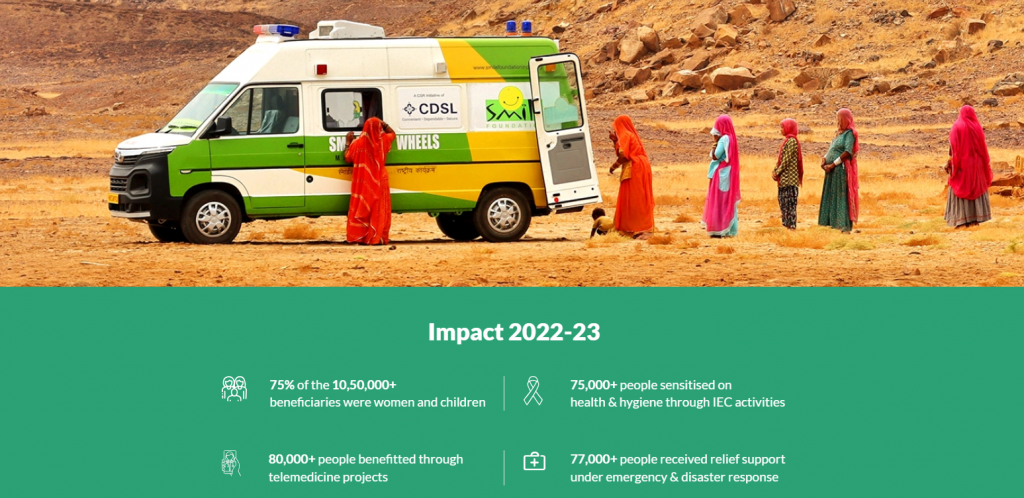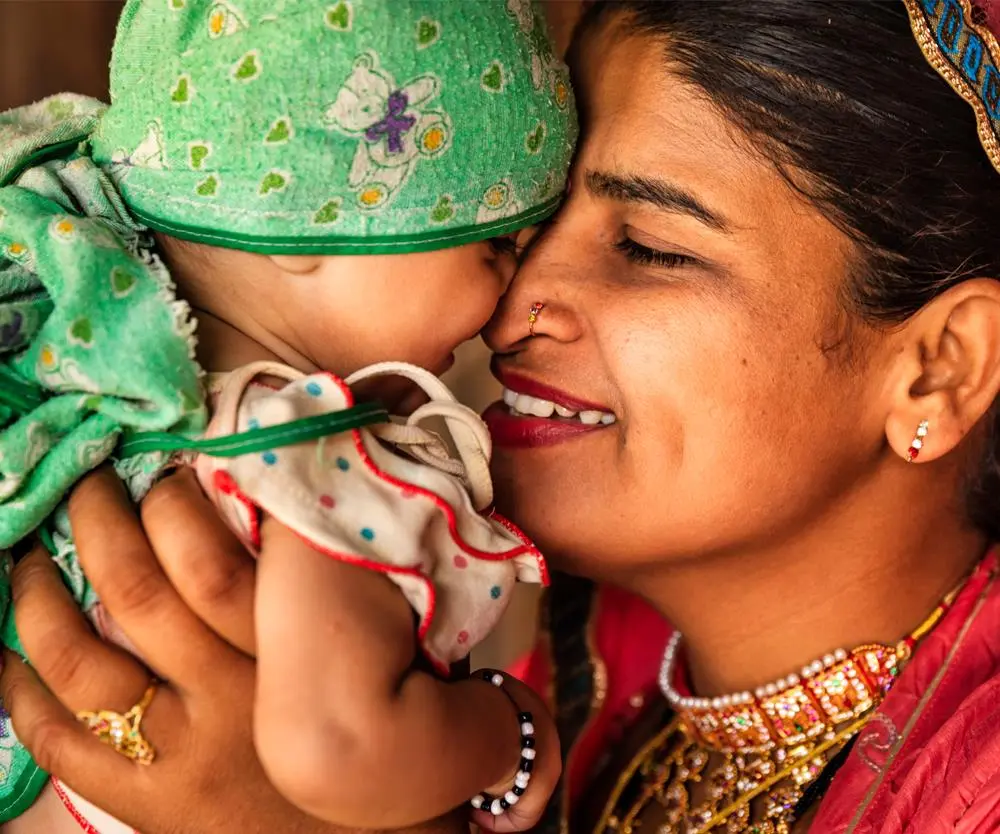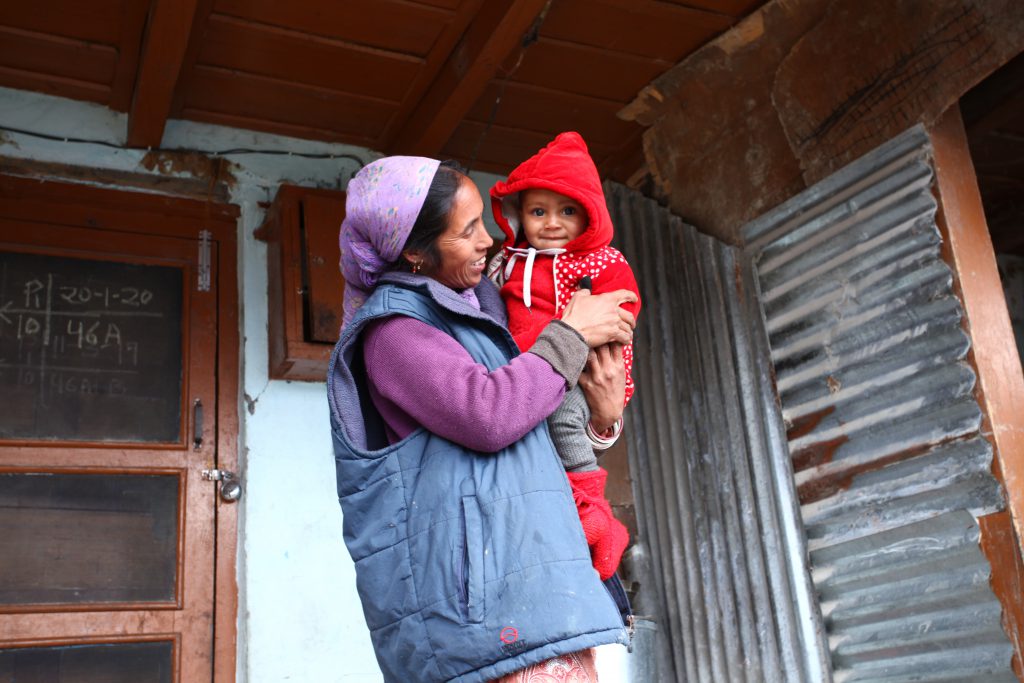All over India Accredited Social Health Activists (ASHAs) workers visit the houses of pregnant mothers once a few months to ensure that both mother and foetus are healthy. The visits don’t just end there. The workers continue to visit at least till the baby reaches one year. With the assistance of staff from the health department, ASHAs and Anganwadi workers, the government has been ensuring both mothers and children are in the pink of health. India has been making consistent progress in maternal and newborn health.
Statista’s report titled ‘India: Infant mortality rate from 2012 to 2022’ says that India has recorded about 25 deaths per 1,000 live births in 2022. The mortality rate has come down significantly in comparison with the infant mortality rate in 2012, which was 42 deaths per 1,000 live births. However, India has recorded the highest number of preterm births globally, and the number stands at 3.02 million in 2020. It contributes to more than 20% of preterm births occurring globally, according to a study published in The Lancet journal.
Similarly, India’s Maternal Mortality Rate (MMR) has stood at 103 in 2020, as per the United Nations Maternal Mortality Estimation Inter-Agency Group (UN MMEIG) 2020 report titled, ‘Trends in maternal mortality 2000 to 2020’. The report confirms that the MMR has come down by 6.36% during the period 2000-2020. India’s declination rate is higher than the global decline, which is 2.07%.
It is always important to understand the underlying factors impacting the health of mother and child in the journey towards finding a solution.
Factors impacting the health of mother and child
- Socio-economic factors: Considered as the fundamental determinants of health, socio-economic factors have a direct impact on the health outcomes of both mothers and children. These factors influence their access to quality healthcare, nutrition, and other resources, hygiene, and overall well-being. Economic constraints can limit a family’s ability to purchase nutritious food and limit their access to prenatal and postnatal care, vaccinations and treatments. It in turn might lead to a range of health problems. Poor sanitation will significantly increase the risk of diseases and infections.
- Environmental factors: These factors play a vital role in the well-being of both mother and child. Gone are the days when whole foods were blindly believed to be healthy. Contamination of food with pesticides, pathogens and heavy metals can adversely affect the health of people, especially pregnant women and children who are very sensitive to foodborne illness. These illnesses can in turn lead not just to nutritional deficiencies but also to other health complications. Similarly, limitations to access to clean and safe drinking water can lead to gastrointestinal infections. They are considered dangerous for children and pregnant women.
State efforts
The efforts taken by the government are in line with the UN’s sustainable development goals. The goals are to reduce maternal mortality, end epidemics, reduce neonatal and child mortality, end malnutrition, provide access to sexual and reproductive health services and provide universal access to safe water. Some of the schemes that are taken to tackle the issues are
- Pradhan Mantri Surakshit Matritva Abhiyan (PMSMA): The scheme aims at providing free, assured, comprehensive and quality antenatal care on the 9th day of every month to all pregnant women in their second and third trimesters.
- Surakshit Matritva Aashwasan (SUMAN): This scheme aims at providing free, assured, dignified, and quality healthcare for every woman and newborn visiting the public health facility. The scheme ensures there is zero tolerance for denial of healthcare service to them.
- Janani Shishu Suraksha Karyakaram (JSSK): Under the scheme, every pregnant woman is entitled to avail of free delivery, including caesarean sections, in public hospitals, along with free transportation, diagnostics, medicines and other consumables. Similar entitlements would be provided to sick infants accessing public hospitals.
- Mission Saksham Anganwadi and Poshan 2.0: The scheme ensures that pregnant women and lactating mothers get supplementary nutrition. It is to strengthen their nutritional content, thereby nurturing health, wellness and immunity to diseases and malnutrition.
This apart, required maternal and child care will be provided through outreach programmes by Anganwadi staff as a part of their monthly village health, sanitation, and nutrition day. Outreach camps will be organised in remote and tribal locations to increase awareness for maternal and child health services and to track high-risk pregnancies. Staff of health and wellness centres organise camps at localities of marginalised communities on a regular basis.
Smile Foundation’s role in the health of mother and child
Due to the large population and unevenly distributed medical resources, delivering quality healthcare to everyone, especially those in remote locations, continues to remain a challenge in the country. Smile Foundation bridges that gap through their intervention programmes. For the programmes aimed at providing primary healthcare services at the doorsteps of vulnerable households in rural and urban slums. As a part of the programme, we provide both preventive and curative services by addressing the gaps in availability, accessibility and affordability of healthcare.
Also, we work on increasing awareness of government schemes, supporting the public healthcare system, improving health-seeking behaviour and reducing out-of-pocket expenses. We have upgraded six primary health centers in Bengaluru, Chennai and Hyderabad by providing equipment like ECG machines, OT lights, radiant baby warmers, weighing scales and biomedical waste trolleys, among others.

Providing specialised consultations through telemedicine services in these cities is also one of our major intervention areas. This year, over 10 lakh people from 16 states have benefitted through our concerted healthcare efforts, of which 75% are women and children. The healthcare initiative has sensitised over 75,000 on topics related to health and hygiene. Over 80,000 people benefited through our telemedicine programme.

Keep spreading smiles everywhere
What is more satisfying than seeing the tears of joy in the eyes of beneficiaries? One such beneficiary is five-year-old Rani, who lives at Sukhrali village in Gurugram. During the pandemic, she suffered from an injury on her right foot and couldn’t walk on her own. She couldn’t go to the hospital due to financial constraints. However, her family came to know about the foundation’s mobile clinic service, ‘Smiles on Wheels,’ and brought her to the clinic. Due to the right and timely medical intervention, Rani’s foot has recovered. She is not just walking without pain but also seen as one of the happiest children in the locality.
To learn more about our healthcare CSR projects and to partner, connect with us at [email protected].




